
This post lists a Top 10 of books on trading that we consider to be most useful for broadening traders’ horizons and deepening their knowledge.
There are plenty of brilliant trading books, and some readers might suggest other candidates for the Top 10 list. However, each of us has our own selection criteria; the list below does not attempt to enumerate the best of the best, yet the books in it can be equally useful for beginners and experienced traders who crave for perfecting their skills. Also mind that the list does not have any inner hierarchy nor is a rating of the “value” of the books or their influence on the system. So, let us get started.
1. The New Fibonacci Trader: Tools and Strategies for Trading Success
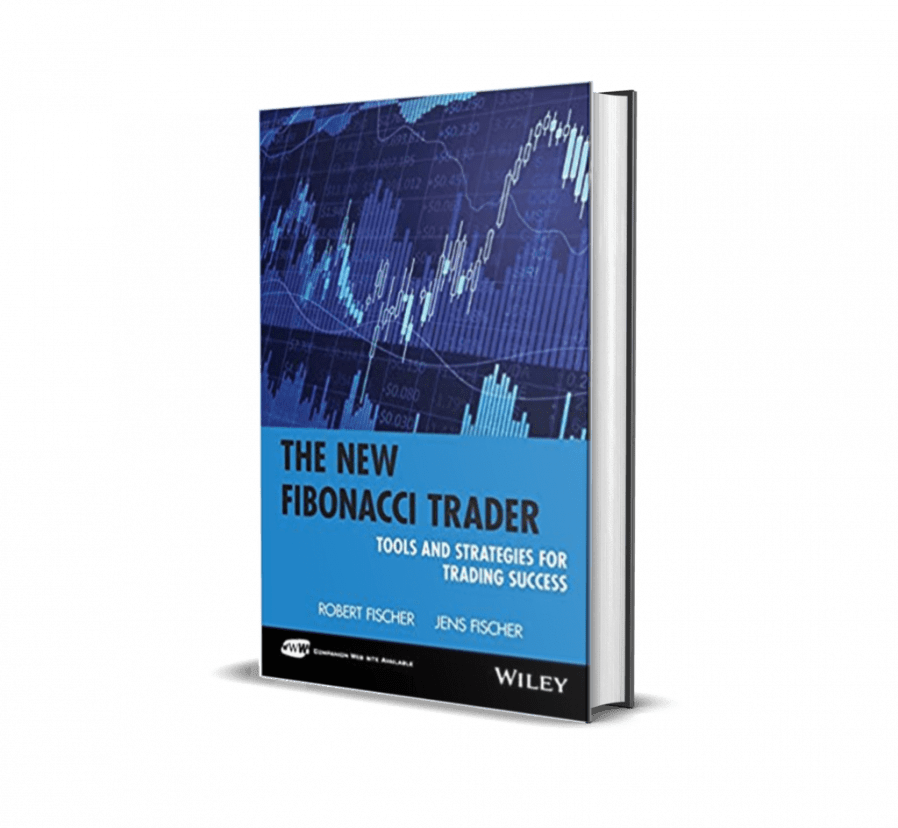
Book for Jens Fischer and Robert Fischer.
This book will be interested for traders who are tired of indicator analysis and look for deeper alternatives. Simultaneously, the book requires no special knowledge: at the beginning of the text, the author gets the reader prepared, providing some key ideas of the Elliott Waves theory and Fibonacci numbers.
Robert Fischer became a tech analysis celebrity after he issued a book called “Fibonacci Applications and Strategies for Traders”. “The New Fibonacci Trader: Tools and Strategies for Trading Success” is a logical sequel to the first work, with a name speaking for itself. The co-author of the book is Robert’s son Jens. The book presents the results of researching six geometrical instruments for Fibo trading.
Know more about Fibonacci levels
2. New Thinking in Technical Analysis: Trading Models from the Masters
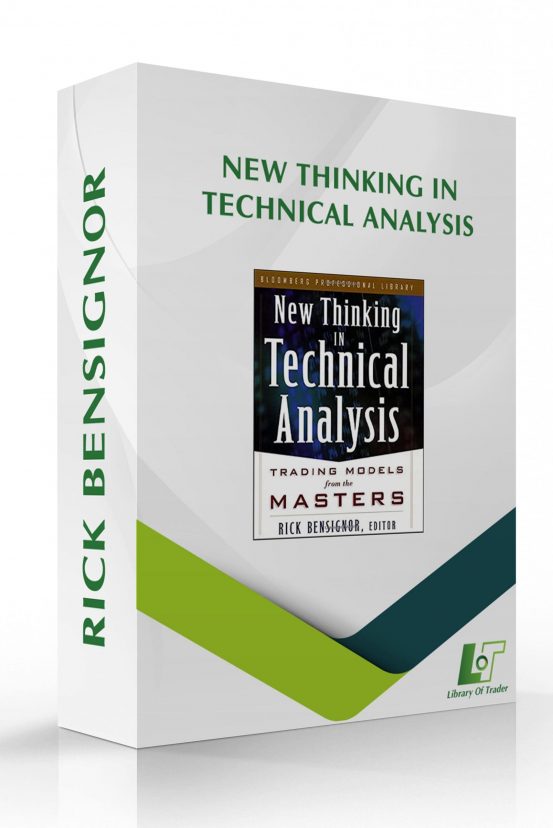
Book by Rick Bensignor.
This book is for those who are already familiar with the basics of tech analysis and active day traders, investors, and other market experts. It helps to improve tech analysis skills and is written in a lively, simple language.
Inside the book, there are 12 master classes by industry professionals. Each of them takes a word in a separate chapter, revealing their secrets and methods of work in different financial markets. Moreover, the author Rick Bensignor shares his experience and his view on the importance of tech analysis for both investors and strategists. Mastering tech analysis, an investor will get more opportunities and acquire skills that later they can use in financial markets.
3. The Best Trendline Methods of Alan Andrews and Five New Trendline Techniques
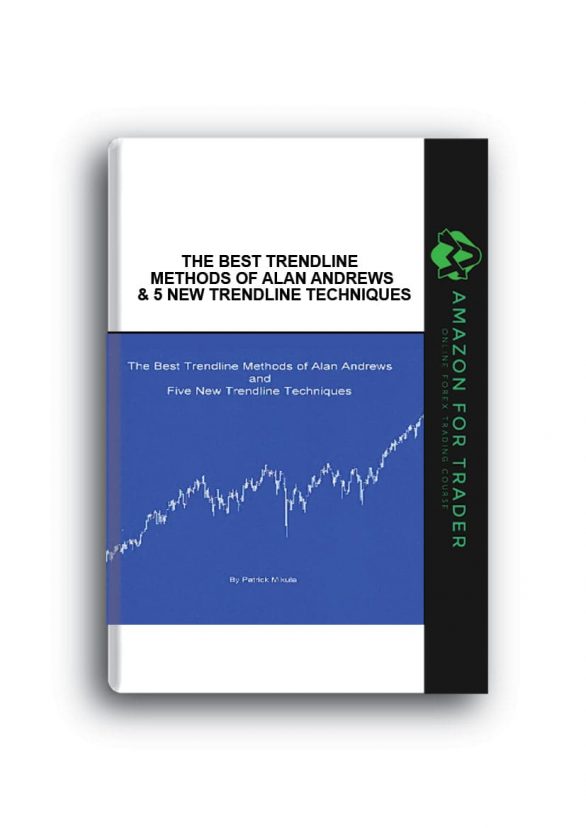
Book by Patrick Mikula.
This book must become popular among day traders interested in the ideas of market experts, short-term, and medium-term strategies.
The book reveals revolutionary ideas of a modest exchange market genius Alan Andrews, who made his million at the end of last century. The author describes the Andrews method in detail. Alan Andrews was sure that the market follows the laws of physics, such as aiming of cycles to the middle, or a counteraction for any action.
The author compiled the book based on the info that listeners collected for over more than a decade on Andrews’s seminars and those who have been practicing his methods for years.
Know more about Andrews Pichfork
4. The Strategic Electronic Day Trader 1st Edition

By Robert Deel.
This book is for those who look for non-banal strategies and understand the importance of controlling emotions in trading. The author Robert Deel, president of South Californian School of trading, is a professional strategy developer and a coach for traders all over the world with more than 10 years of experience.
The book provides instructions on day trading – the most popular trading method so far yet the most insidious one. The author pays a lot of attention to the psychological aspects of trading, stating that one can get advantage over rivals only by detecting their trading type and choosing a suitable strategy before actually beginning to trade. Deel ponders on the mechanism of electronic trading in much detail, basing on his revolutionary psychological approach.
Know the basics of day trading
5. Serpent on the Rock: Crime, Betrayal and the Terrible Secrets of Prudential Bache
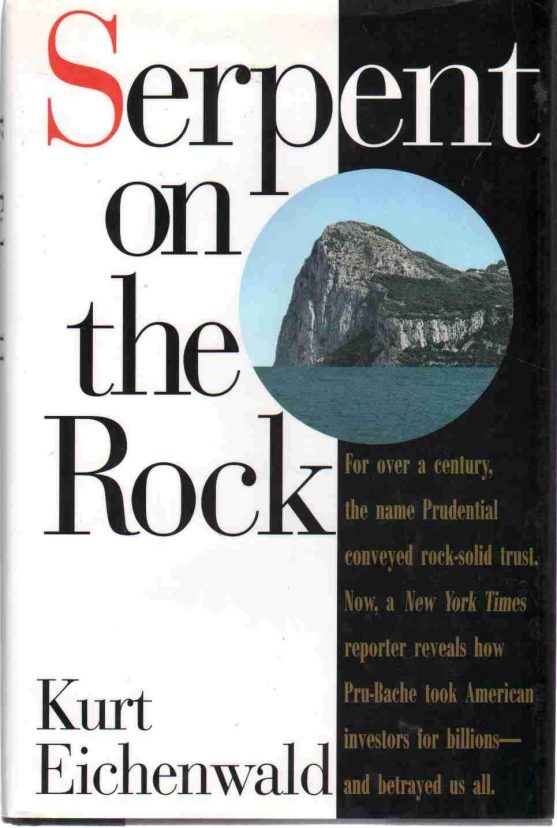
By Kurt Eichenwald.
This enlightening story will do good to any reader because it is aimed at increasing financial literacy of society. Inside, there is a whole business thriller based on real events and related by a New York Times journalist Kurt Eichenwald. The book keeps you suspended until the very end as any good detective does, telling the story of one of the greatest Wall Street frauds.
It is about a financial company Prudential-Bache Securities and a thousand of Americans who lost their invested money. With accuracy of a maniac, the author reconstructs the chain of events of the end of the last century, using the details of hundreds of interviews, documents, and questioned witnesses.
6. Mastering Elliott Wave
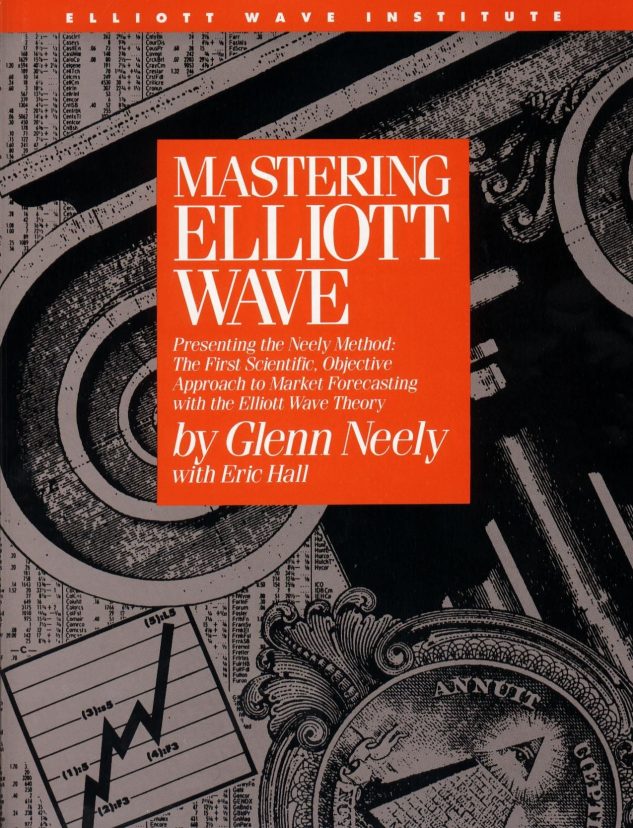
By Glen Neely.
This book is for those who try to understand the laws that cause price movements in the market and allows for forecasting upcoming events which can be used both for making profit or for fun.
The work is based on the personal experience of an exchange market researcher, expert, and teacher Glen Neely. This is a great manual for trader, the world’s first algorithm of market analysis based on the Elliott Wave theory. The analytical approach presented by the author got his name, becoming the Neely method.
The Wave theory, presented by Elliott at the beginning of the 20th century, suggests linking market price dynamics to the mob behaviour, describing it as a structured phenomenon, subject to math laws.
Get started on the Elliott Wave theory
7. The Encyclopedia of Technical Market Indicators
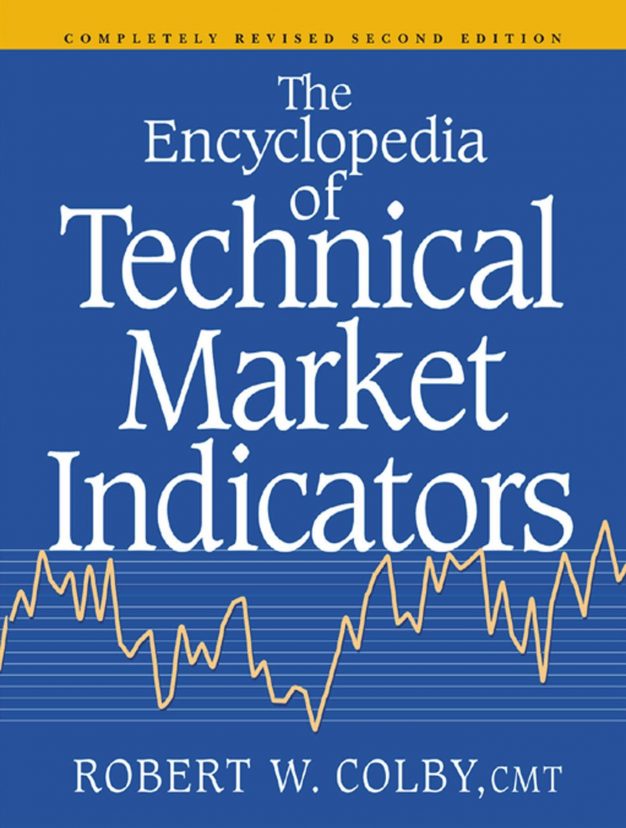
By Robert W. Colby.
This book describes in detail about a hundred of new indicators, presents the results of important research, and provides important basics of testing and modeling.
The structure of the book is clear, the language is simple, information is comprehensive. All this makes this publication a desk book of a trader, investor, analyst or anyone somehow connected to the financial market.
8. Candlestick Charting Explained: Timeless Techniques for Trading Stocks and Futures
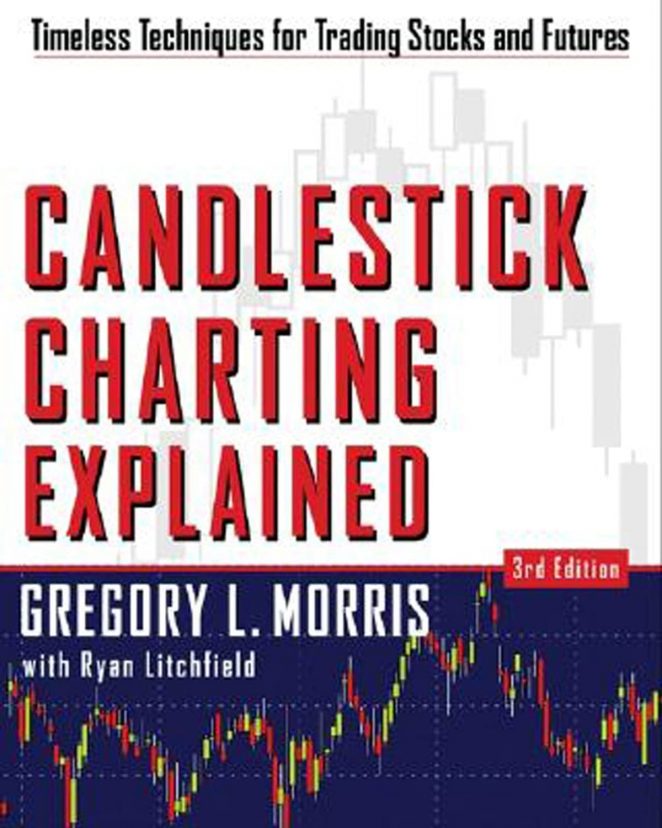
By Gregory Morris.
Drawing Japanese candlestick charts and analysing candlestick patterns is a new amazing way of tech analysis. What is special about the candlestick chart that is not present in a typical Western one, showing the highs and lows? Nothing – if you just focus on the real data displayed. The advantage of Japanese candlesticks is a different thing: they present data in a way that the user can see relationship between data units.
Know more about candlestick patterns
9. The Black Swan: The Impact of the Highly Improbable
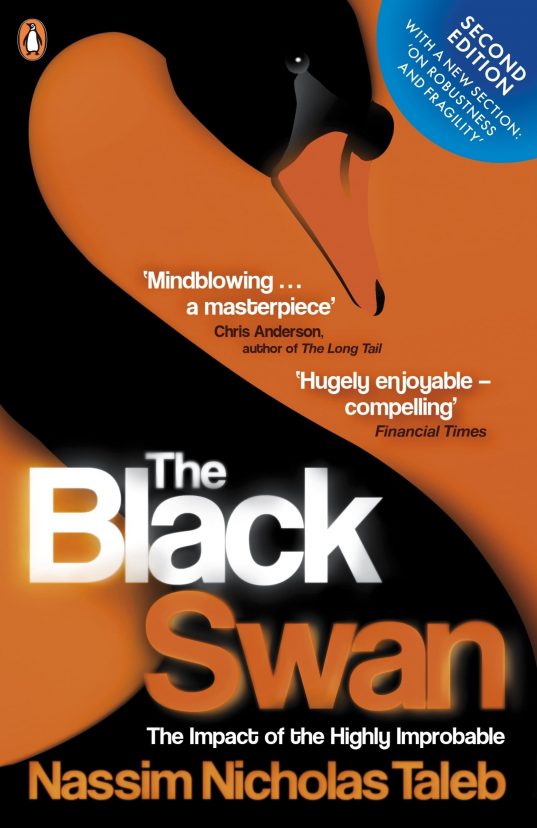
By Nassim Nicholas Taleb.
As Taleb himself says about his publication, the main thing that the book focuses on is out blindness towards random events, especially large ones. He questions, why we, educated or not, genius or otherwise, count small change forgetting about millions.
He wonders why we focus on minor events and ignore potentially major ones that can acquire gigantic meaning; why we tend to know less about the world if we read plenty of newspapers.
He states that life can easily be interpreted as a set of serious stresses. The significance of Black Swans can be realized sitting right on the bar stool.
Know more about how to detect an upcoming economic crisis
10. Self-Managed Trading with Stochastics
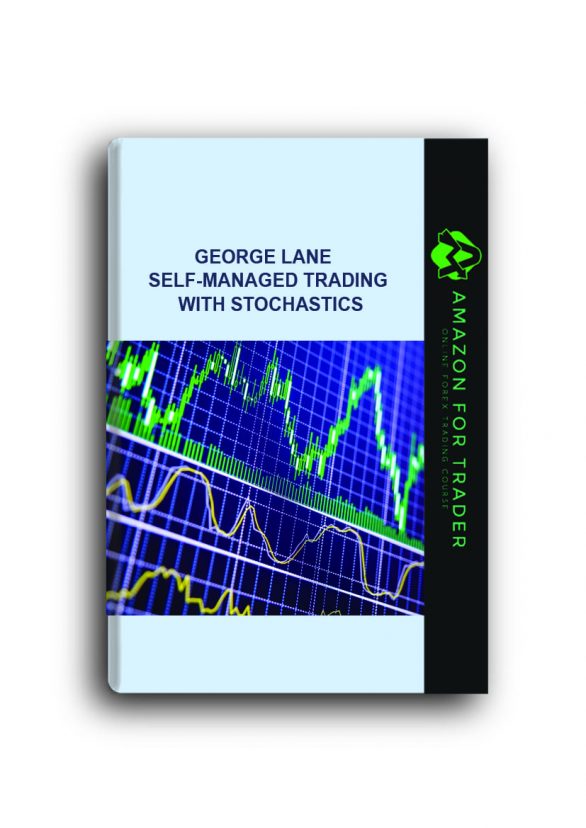
By George Lane.
In this book, George and Cairie Lane provide detailed explanations of the momentum and Stochastic signals. On multiple charts they show how to use this instrument for choosing the best time to trade shares, futures, and indices.
